Home>Maintenance & Safety>Child & Elderly Safety at Home>When Can Baby Start Using A Sippy Cup?
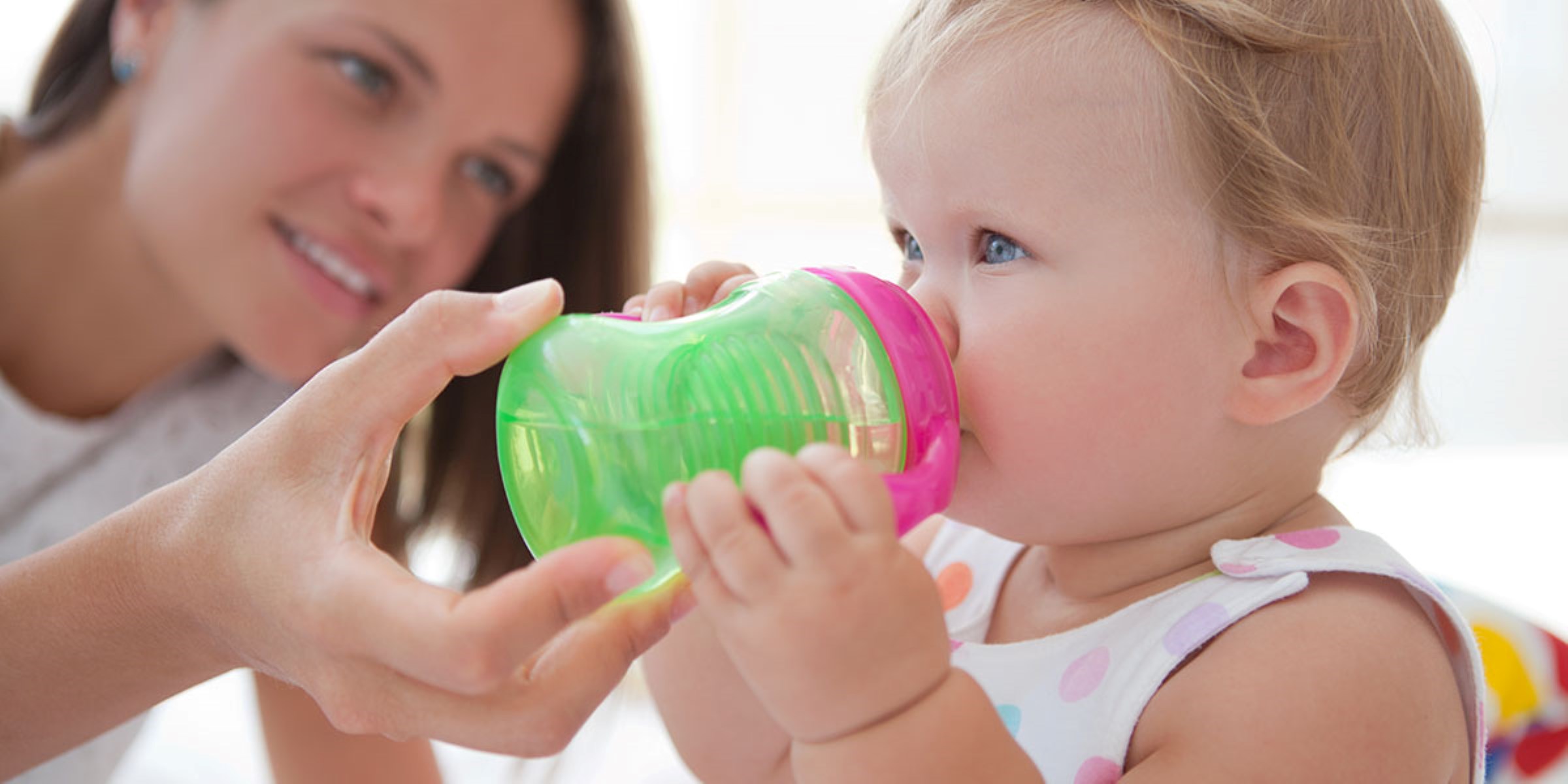

Child & Elderly Safety at Home
When Can Baby Start Using A Sippy Cup?
Published: February 13, 2024
Discover when it's safe for your child to start using a sippy cup and ensure child and elderly safety at home. Learn more about transitioning from bottle to sippy cup.
(Many of the links in this article redirect to a specific reviewed product. Your purchase of these products through affiliate links helps to generate commission for Storables.com, at no extra cost. Learn more)
Introduction
Introducing a sippy cup to your baby is a significant milestone in their development. It marks the transition from bottle or breast to a more independent way of drinking. As a parent or caregiver, understanding the right time to introduce a sippy cup and the best practices for doing so is crucial for your child's safety and well-being.
The journey from breastfeeding or bottle-feeding to using a sippy cup is an important step in a baby's growth. It signifies their increasing motor skills and ability to self-feed. However, it's essential to approach this transition with care and consideration for the baby's readiness and comfort.
In this article, we will explore the various aspects of introducing a sippy cup to your baby, including the signs that indicate readiness, the benefits of using a sippy cup, how to choose the right one, and tips for a smooth transition. By the end, you will have a comprehensive understanding of this crucial phase in your baby's development and feel empowered to support them through it.
Key Takeaways:
- Introducing a sippy cup to your baby promotes independence, reduces spills, and supports oral development, laying the foundation for healthy drinking habits and self-sufficiency.
- Recognizing signs of readiness, choosing the right sippy cup, and introducing it with patience and encouragement are key to a smooth and positive transition for your baby’s independent drinking journey.
Read more: When To Start Straw Sippy Cup
Benefits of Using a Sippy Cup
Introducing a sippy cup to your baby comes with a myriad of benefits that contribute to their overall well-being and development. Here are some of the key advantages of incorporating a sippy cup into your child's routine:
-
Promotes Independence: Using a sippy cup empowers your baby to take charge of their hydration. As they learn to grasp and tilt the cup, they develop essential motor skills and a sense of autonomy, laying the foundation for self-feeding and independence.
-
Transition from Bottle or Breast: A sippy cup serves as a gentle transition from bottle or breast to a more grown-up way of drinking. This gradual shift can help reduce the baby's reliance on bottle-feeding, supporting their oral development and preparing them for the eventual transition to regular cups.
-
Encourages Hydration: With a sippy cup, babies can sip water or age-appropriate beverages throughout the day, promoting proper hydration. This is particularly beneficial as they become more active and require adequate fluid intake to support their growing bodies.
-
Reduces Spills and Mess: Sippy cups are designed to minimize spills, making them a practical choice for both babies and caregivers. The spill-resistant features allow babies to practice drinking without causing significant messes, fostering a cleaner and more manageable feeding environment.
-
Supports Oral Development: The use of a sippy cup can contribute to the development of oral motor skills, including tongue and lip coordination. This is essential for speech and language development, making the sippy cup a valuable tool in promoting overall oral health and communication skills.
-
Convenience for On-the-Go: Sippy cups are portable and convenient, making them ideal for outings and travel. Whether you're running errands or embarking on a family adventure, having a reliable sippy cup ensures that your baby can stay hydrated without the need for bulky bottles or open cups.
-
Encourages Socialization: As babies begin to use a sippy cup, they can participate in family mealtimes and social gatherings more actively. This inclusion fosters a sense of belonging and encourages social interaction, contributing to the baby's emotional and cognitive development.
Incorporating a sippy cup into your baby's routine offers a multitude of benefits that support their physical, cognitive, and emotional growth. By recognizing and embracing these advantages, you can facilitate a smooth and positive transition for your little one as they embark on this exciting developmental milestone.
Signs That Baby is Ready for a Sippy Cup
Recognizing the signs that indicate your baby is ready to transition to a sippy cup is crucial for a smooth and successful introduction. While every child develops at their own pace, there are several common indicators that can help you determine if the time is right to introduce a sippy cup into their routine.
Motor Skills Development
One of the primary signs that your baby is ready for a sippy cup is the development of their motor skills. As they gain the ability to sit up with minimal support and coordinate their hand movements more effectively, they become better equipped to handle a sippy cup. This includes the capacity to grasp the cup, bring it to their mouth, and tilt it to drink, showcasing the necessary motor control for sippy cup use.
Curiosity and Imitation
Babies often exhibit a natural curiosity about the objects and actions of those around them. If your baby shows interest in observing others drink from cups or attempts to imitate these actions, it may indicate their readiness to explore a sippy cup. This curiosity and mimicry demonstrate their growing awareness of drinking behaviors and can pave the way for a successful transition to a sippy cup.
Read more: How To Get A Baby To Use A Sippy Cup
Decreased Sucking Reflex
As babies grow, their sucking reflex, which is prominent during breastfeeding or bottle-feeding, gradually diminishes. You may notice that your baby is less reliant on vigorous sucking and displays a decreased reflex to suckle continuously. This shift indicates their readiness to adapt to a different drinking method, such as using a sippy cup, which requires a more controlled and varied oral movement.
Increased Hand-Eye Coordination
The development of hand-eye coordination is a significant milestone that contributes to a baby's readiness for a sippy cup. When your baby demonstrates improved coordination between their hands and eyes, such as reaching for objects with purpose and accuracy, it suggests that they have the dexterity and control necessary to engage with a sippy cup effectively.
Responsive to New Textures
As babies progress through their developmental stages, they become more responsive to different textures and sensations. If your baby shows an interest in exploring various textures through touch and mouthing objects, it indicates their sensory awareness and adaptability. This responsiveness can translate to a willingness to engage with the unique texture and feel of a sippy cup spout, facilitating a smoother transition to this new drinking tool.
By recognizing these signs and observing your baby's developmental cues, you can determine the optimal timing to introduce a sippy cup. Being attuned to your baby's readiness ensures a positive and supportive experience as they embark on this exciting stage of their growth and independence.
Choosing the Right Sippy Cup
Selecting the right sippy cup for your baby is a crucial decision that can significantly impact their comfort, safety, and overall experience with independent drinking. With a myriad of options available in the market, it's essential to consider several key factors to ensure that the chosen sippy cup aligns with your baby's developmental stage and individual needs.
Read more: How To Teach A Baby To Use A Sippy Cup
Material and Safety
When choosing a sippy cup, prioritize materials that are safe, durable, and free from harmful chemicals. Opt for BPA-free, phthalate-free, and non-toxic materials to safeguard your baby's health. Look for sippy cups made from high-quality, food-grade silicone or stainless steel, as these materials are known for their safety and resilience.
Spout Design
The design of the spout plays a significant role in your baby's comfort and ease of transition. Select a sippy cup with a soft, silicone spout that mimics the feel of a nipple, providing familiarity and comfort for babies who are transitioning from breastfeeding or bottle-feeding. The spout should be gentle on their delicate gums and emerging teeth, promoting a smooth and enjoyable drinking experience.
Leak-Proof Features
Opt for a sippy cup with leak-proof or spill-resistant features to minimize mess and frustration for both the baby and caregiver. Look for cups with secure, snap-on lids and reliable sealing mechanisms to prevent accidental spills, especially during travel or active play. Leak-proof sippy cups not only reduce cleanup efforts but also allow babies to practice independent drinking without excessive spills.
Size and Weight
Consider the size and weight of the sippy cup to ensure that it is manageable and comfortable for your baby to hold and maneuver. Choose a lightweight cup with ergonomic handles or grips that are easy for small hands to grasp. Additionally, select an appropriate cup size that aligns with your baby's age and feeding capacity, promoting a balanced and controlled drinking experience.
Ease of Cleaning
Prioritize sippy cups that are easy to disassemble and clean, as proper hygiene is essential for your baby's health. Look for cups with removable valves, spouts, and lids that facilitate thorough cleaning and sanitation. Dishwasher-safe sippy cups offer added convenience for busy caregivers, streamlining the cleaning process and ensuring that the cup is consistently hygienic.
Transition-Friendly Features
Opt for sippy cups designed with transition-friendly features that support your baby's evolving drinking skills. Look for cups with adjustable flow spouts or handles that can be removed as your baby becomes more adept at using the cup. This adaptability allows the sippy cup to grow with your baby, accommodating their changing needs and abilities.
By considering these essential factors, you can make an informed decision when choosing a sippy cup that aligns with your baby's developmental stage and individual preferences. Prioritizing safety, comfort, and functionality ensures that the selected sippy cup becomes a valuable tool in nurturing your baby's independence and overall well-being.
Tips for Introducing a Sippy Cup to Baby
Introducing a sippy cup to your baby is an exciting milestone that requires patience, encouragement, and a supportive approach. As you embark on this journey, consider the following tips to facilitate a smooth and positive transition for your little one:
1. Gradual Introduction
Begin by introducing the sippy cup during meal times or when your baby is calm and alert. Offer small sips of water or a familiar beverage to pique their interest and acclimate them to the new drinking tool. Start with a few ounces at a time to gauge their response and gradually increase the amount as they become more comfortable.
Read more: When To Start Using A Toothbrush For Babies
2. Lead by Example
Demonstrate the use of the sippy cup by taking sips from it yourself. Babies often learn through observation and imitation, so showcasing the act of drinking from the sippy cup can encourage them to follow suit. Your positive reinforcement and enthusiasm can instill confidence in your baby as they explore this new experience.
3. Stay Patient and Supportive
Be patient and supportive as your baby familiarizes themselves with the sippy cup. It's normal for them to show curiosity, hesitation, or even resistance initially. Offer gentle encouragement, praise their efforts, and refrain from applying pressure or force. Creating a nurturing and low-pressure environment can help alleviate any apprehension they may have.
4. Offer Variety in Spout Texture
If your baby shows reluctance towards a particular spout texture, consider offering sippy cups with different spout designs to identify their preference. Some babies may prefer softer silicone spouts, while others may respond better to firmer spouts. Adapting to their comfort preferences can make the transition more enjoyable for them.
5. Maintain Consistency
Consistency is key when introducing a sippy cup. Incorporate regular sippy cup sessions into your baby's daily routine, ensuring that they have frequent opportunities to practice and become accustomed to using the cup. Consistent exposure can reinforce their familiarity and confidence in handling the sippy cup.
Read more: How To Use A Nuby Sippy Cup
6. Celebrate Achievements
Celebrate your baby's milestones and achievements as they progress in using the sippy cup. Whether it's successfully taking a sip, holding the cup independently, or showing enthusiasm towards the new tool, acknowledging and celebrating these moments can boost their confidence and motivation to continue exploring the sippy cup.
7. Avoid Using the Sippy Cup as a Soothing Tool
Resist the temptation to use the sippy cup as a soothing or pacifying tool, especially if your baby is upset or distressed. Instead, reserve the sippy cup for designated drinking times, promoting a positive association with the cup and reinforcing its intended purpose.
By implementing these tips, you can create a supportive and encouraging environment for your baby as they embrace the sippy cup. With patience, consistency, and gentle guidance, you can help them navigate this developmental milestone with confidence and comfort.
Conclusion
Introducing a sippy cup to your baby marks a significant step in their journey towards independence and self-sufficiency. By recognizing the signs of readiness, selecting the right sippy cup, and employing thoughtful strategies for introduction, you can support your baby through this developmental milestone with confidence and care.
As your baby transitions from bottle or breast to a sippy cup, they embark on a path of motor skill development, sensory exploration, and growing autonomy. The benefits of using a sippy cup extend beyond mere convenience, encompassing crucial aspects of physical, cognitive, and emotional growth. From promoting independence and oral development to encouraging hydration and socialization, the sippy cup serves as a valuable tool in nurturing your baby's overall well-being.
By observing your baby's cues and developmental milestones, you can identify the optimal time to introduce a sippy cup, ensuring that the transition aligns with their readiness and comfort. The signs of motor skill development, curiosity, and responsiveness to new experiences provide valuable insights into your baby's readiness for this new phase of independent drinking.
Choosing the right sippy cup involves careful consideration of safety, comfort, and functionality. Prioritizing materials that are free from harmful chemicals, selecting a spout design that aligns with your baby's preferences, and ensuring ease of cleaning and maintenance are essential factors in choosing the ideal sippy cup for your little one.
When introducing the sippy cup to your baby, patience, encouragement, and consistency are key. By gradually familiarizing them with the cup, leading by example, and offering gentle support, you can facilitate a smooth and positive transition. Celebrating their achievements and maintaining a nurturing environment further reinforces their confidence and comfort with the sippy cup.
In conclusion, the introduction of a sippy cup represents a pivotal moment in your baby's developmental journey. By embracing this transition with attentiveness and support, you can empower your baby to navigate this new phase with enthusiasm and confidence, laying the foundation for a lifetime of independent and healthy drinking habits.
Frequently Asked Questions about When Can Baby Start Using A Sippy Cup?
Was this page helpful?
At Storables.com, we guarantee accurate and reliable information. Our content, validated by Expert Board Contributors, is crafted following stringent Editorial Policies. We're committed to providing you with well-researched, expert-backed insights for all your informational needs.
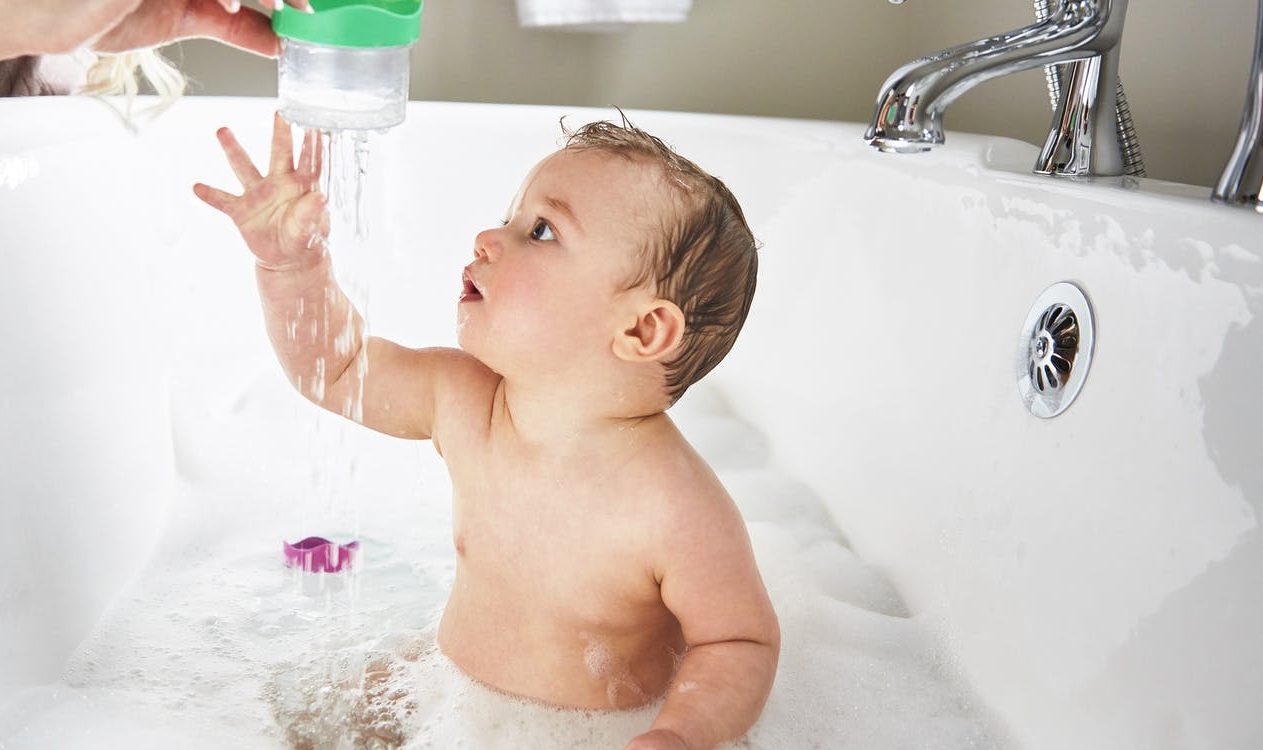
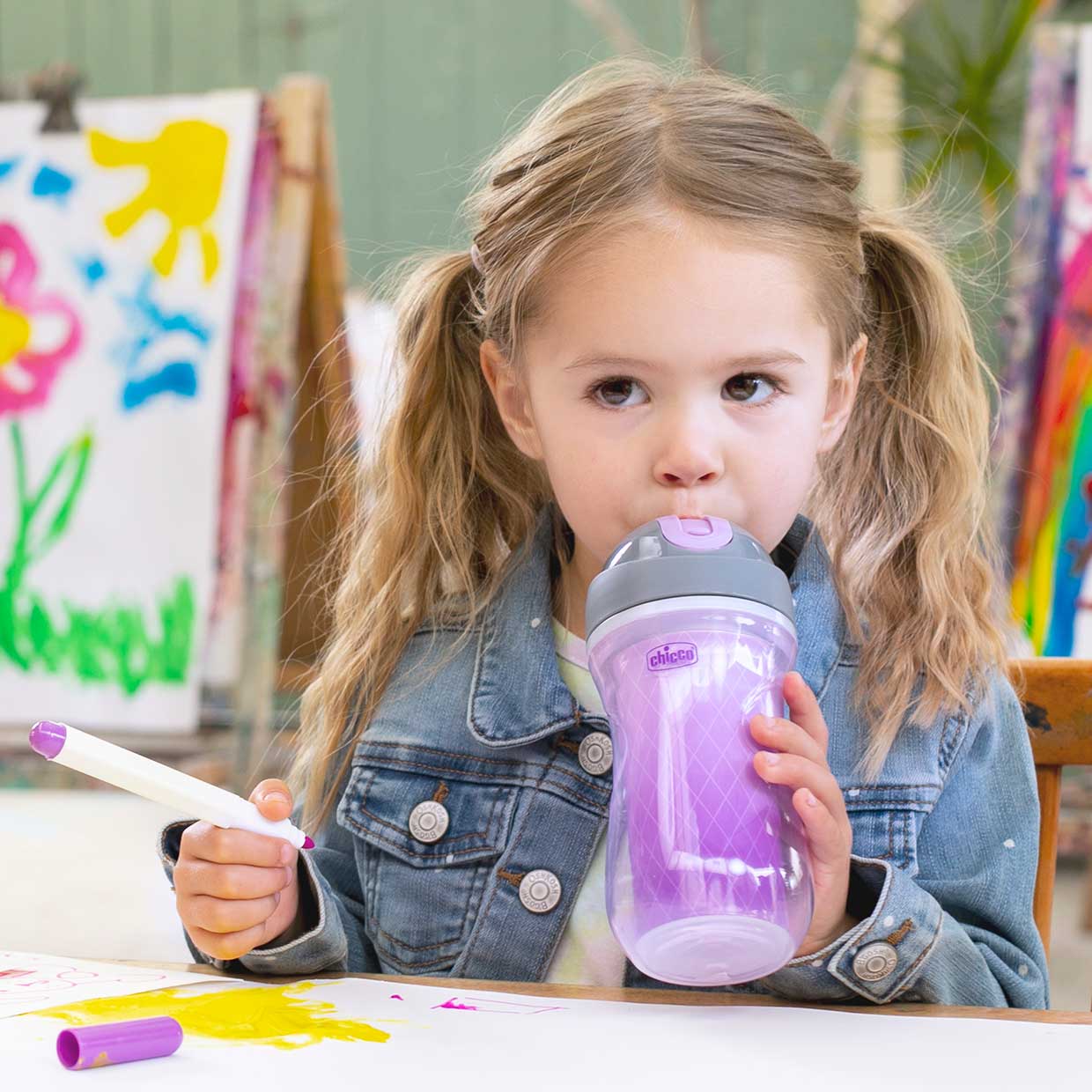
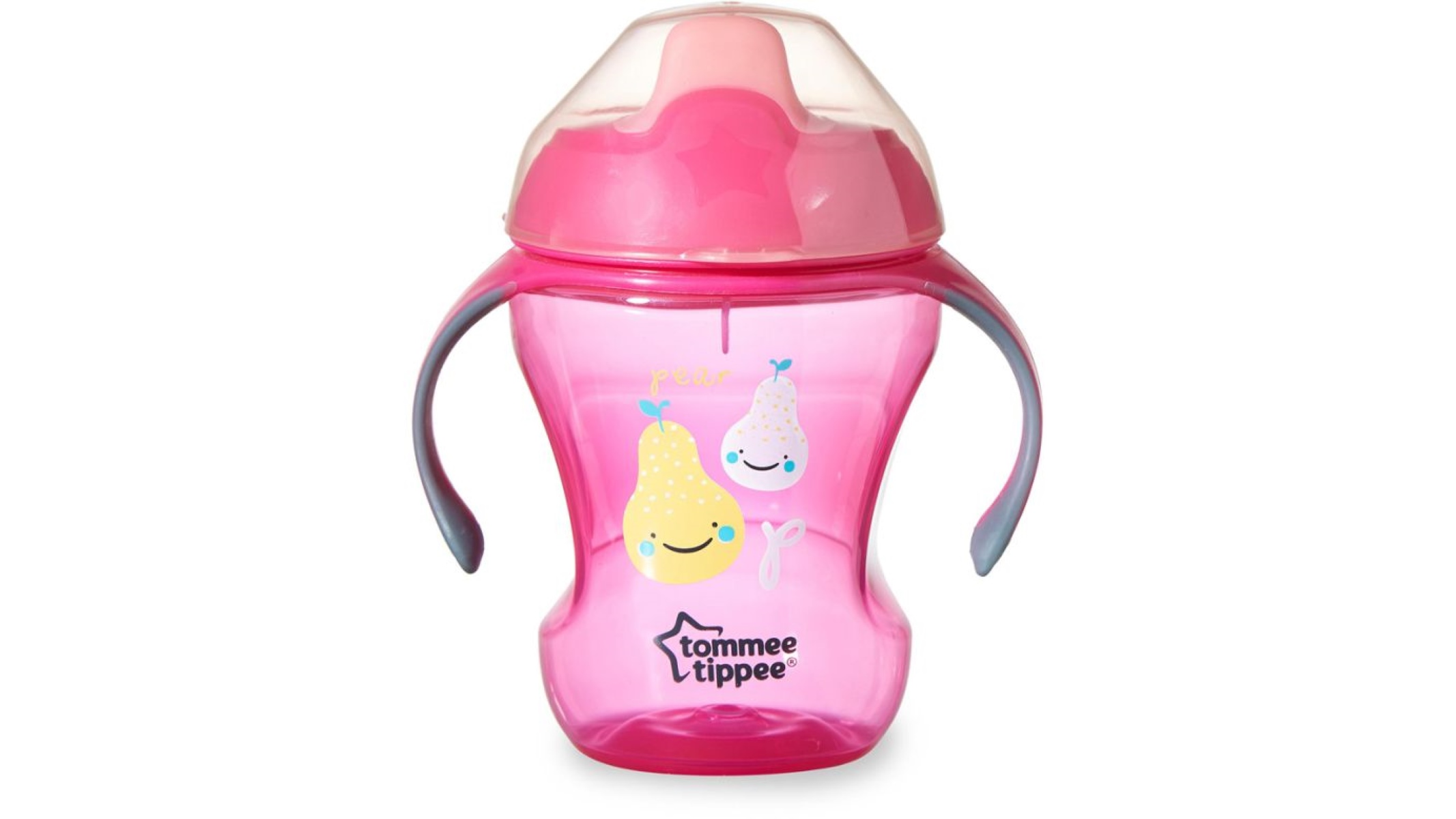

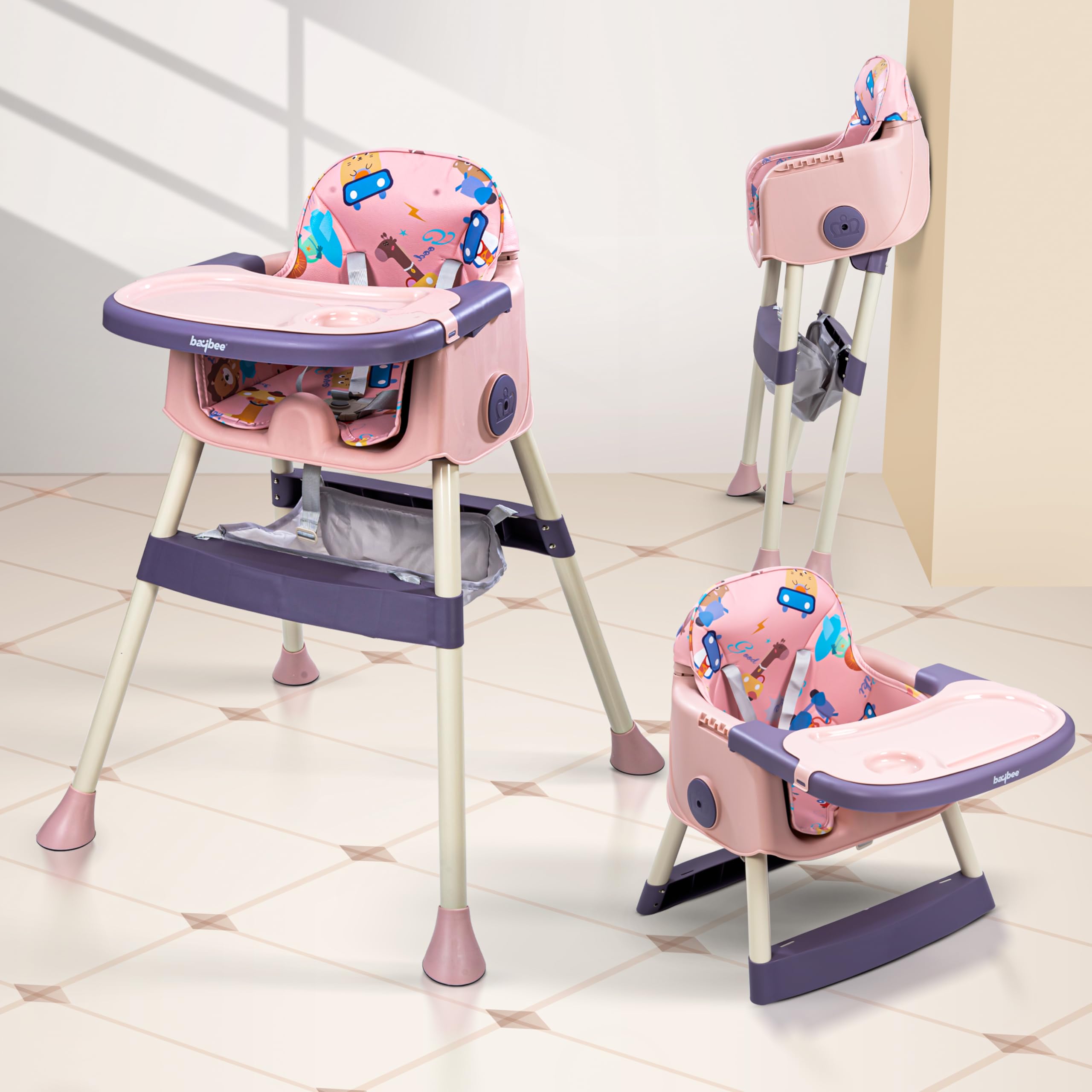
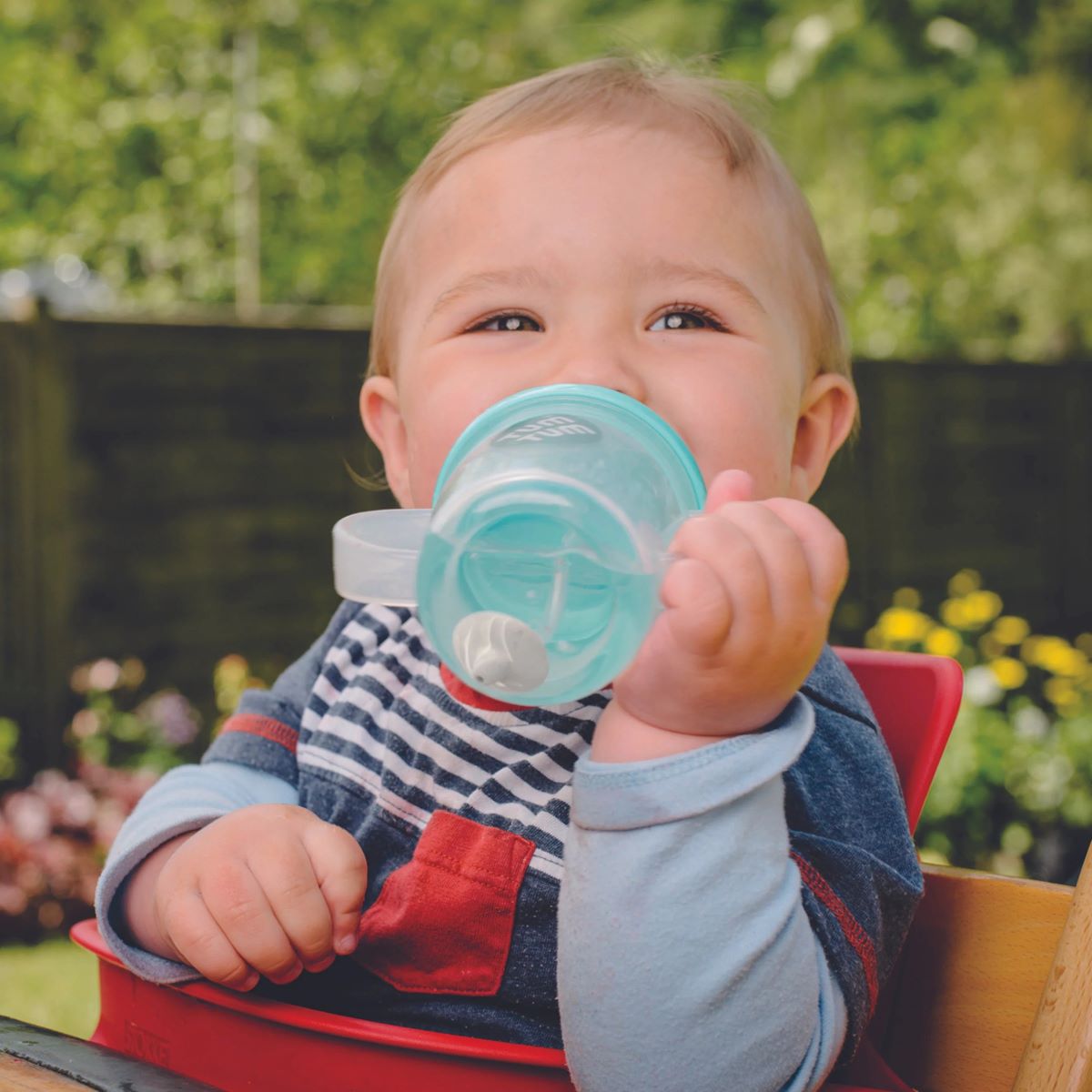
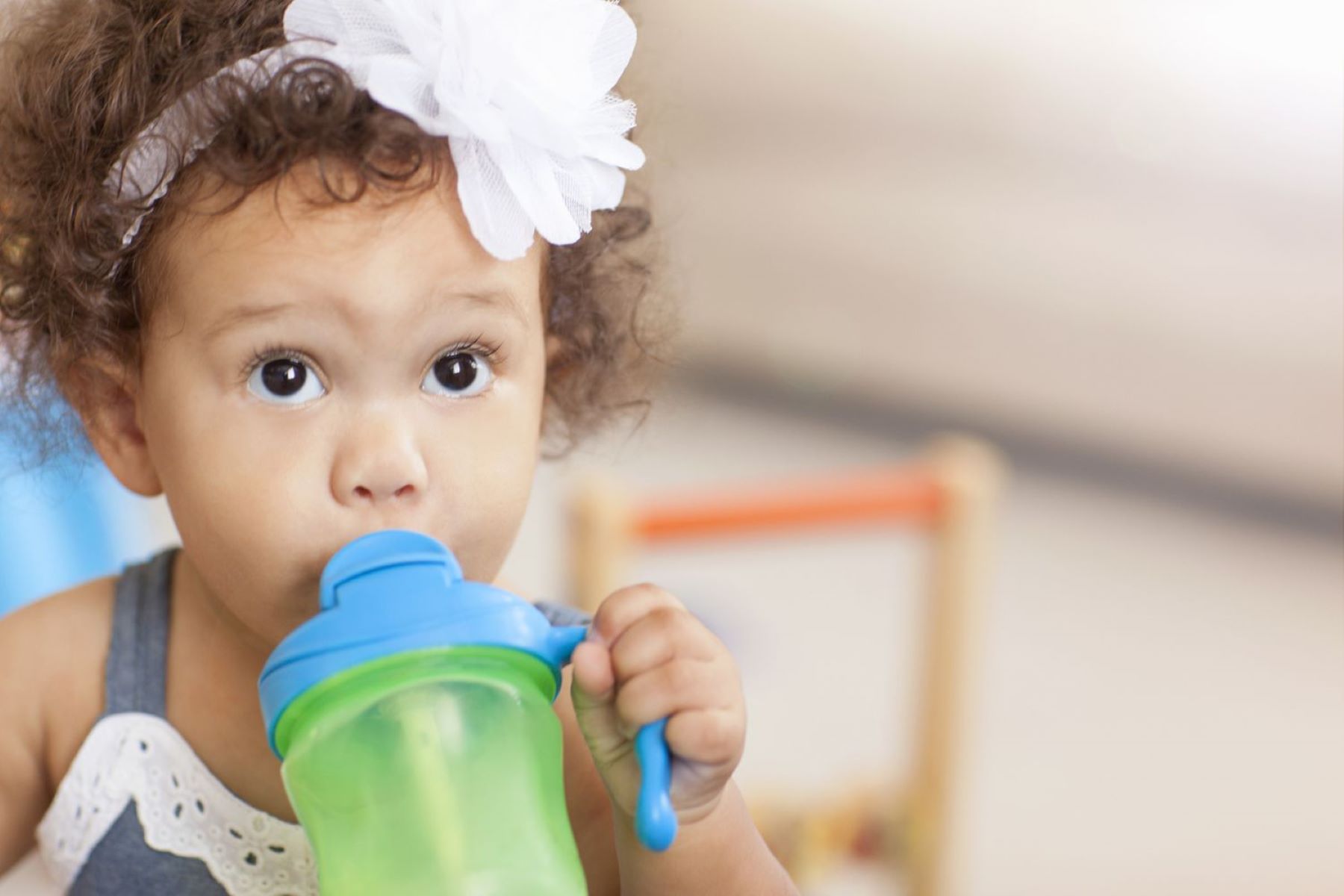
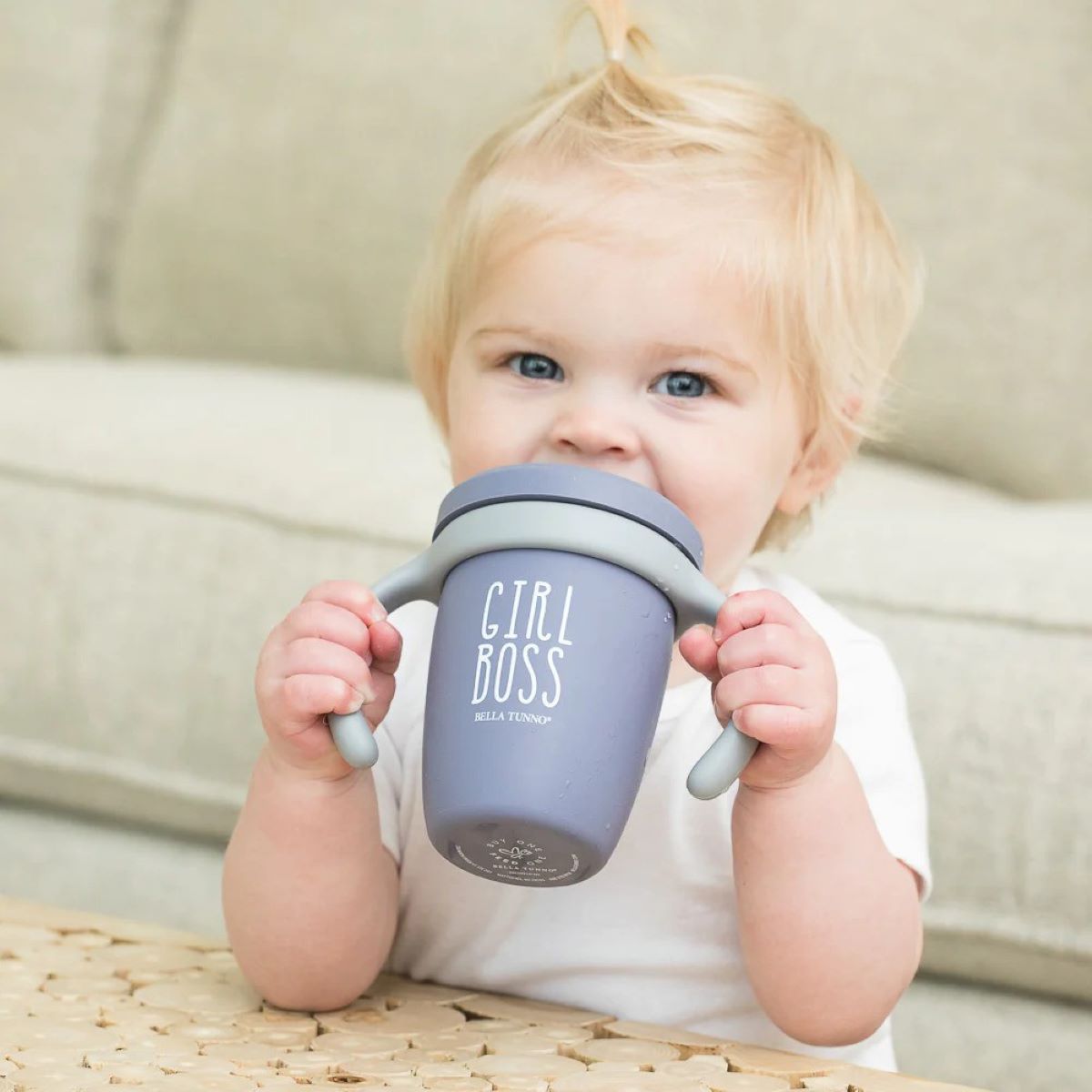
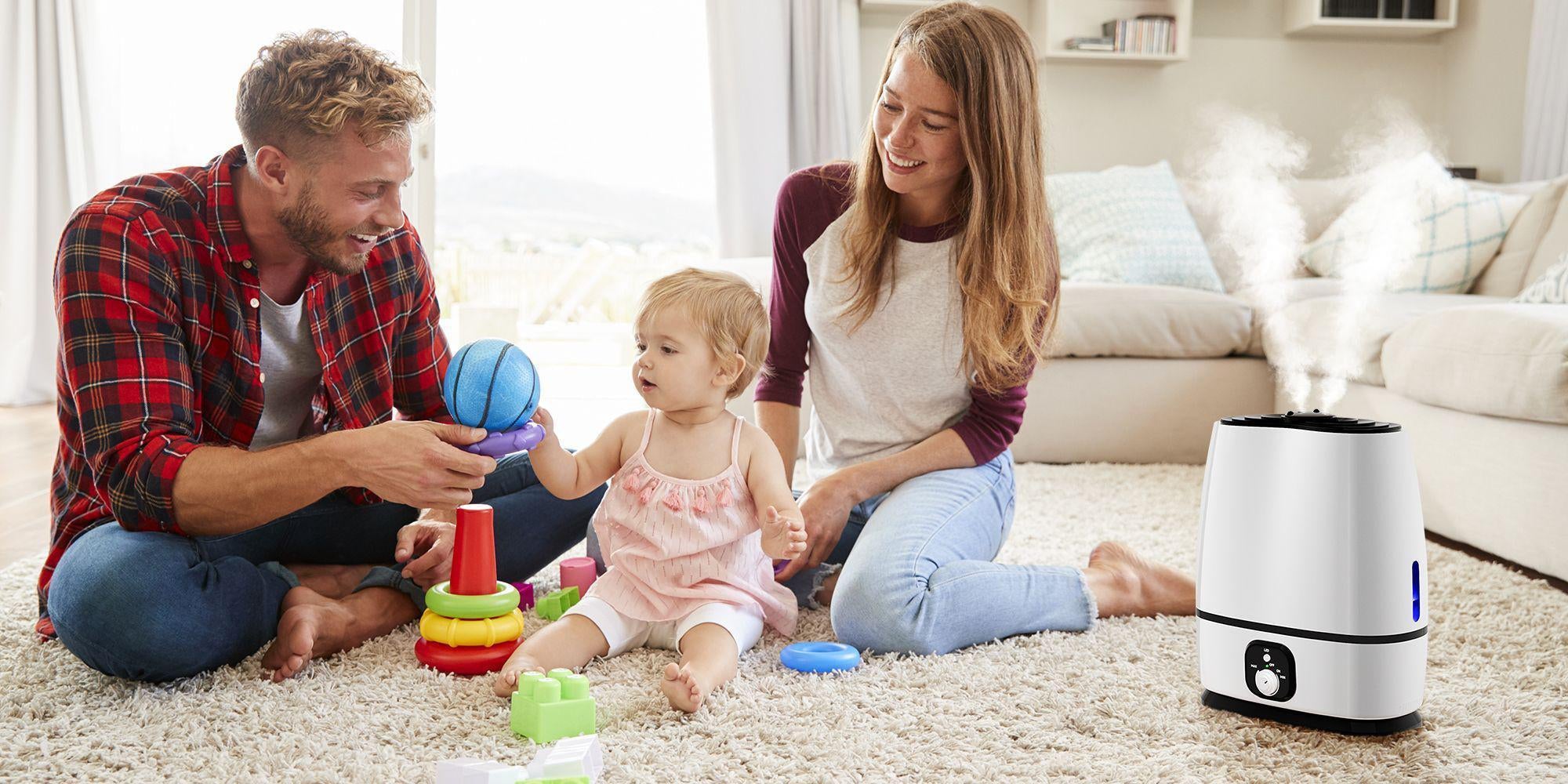


0 thoughts on “When Can Baby Start Using A Sippy Cup?”